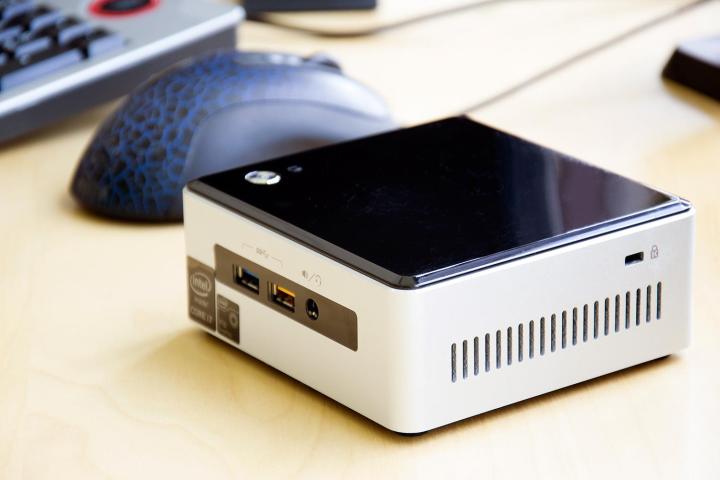
Though we’re not allowed to describe the device itself, there are a few key specs that can help you start to picture what Skull Canyon might be used for. The high-powered NUC will feature a Skylake quad-core i7 processor with an Iris Pro GPU and a thermal design power of 45 watts. That’ll put it in league with the most powerful laptop computers.
The mini PC will also support Thunderbolt 3 across USB-C, so gaming-minded users can connect an external graphics card dock. This means Skull Canyon can be a mini-PC for gaming and GPU-intensive work that can compete with current mid- to high-end
Intel is still playing their cards close to the vest with Skull Canyon, holding back pricing and design details. That’s an important part of the puzzle. If the system is affordable, it might be a reasonable alternative to a large gaming desktop. We’re skeptical that’ll be the case, however, given that Core i7 dual-core NUCs typically retail for at least $400. A quad-core chip will further inflate the price.
Skull Canyon will be available in Q2 2016, but suggested we’ll get a better look at it during the Game Developer’s Conference in San Francisco this March.
Editors' Recommendations
- We finally know the price of Asus’ most powerful gaming NUC
- Intel adds Nvidia RTX gaming power to compact NUC 11 Enthusiast mini PC
- Intel’s 2020 Phantom Canyon NUC could be powerful, but will it be too dated?


